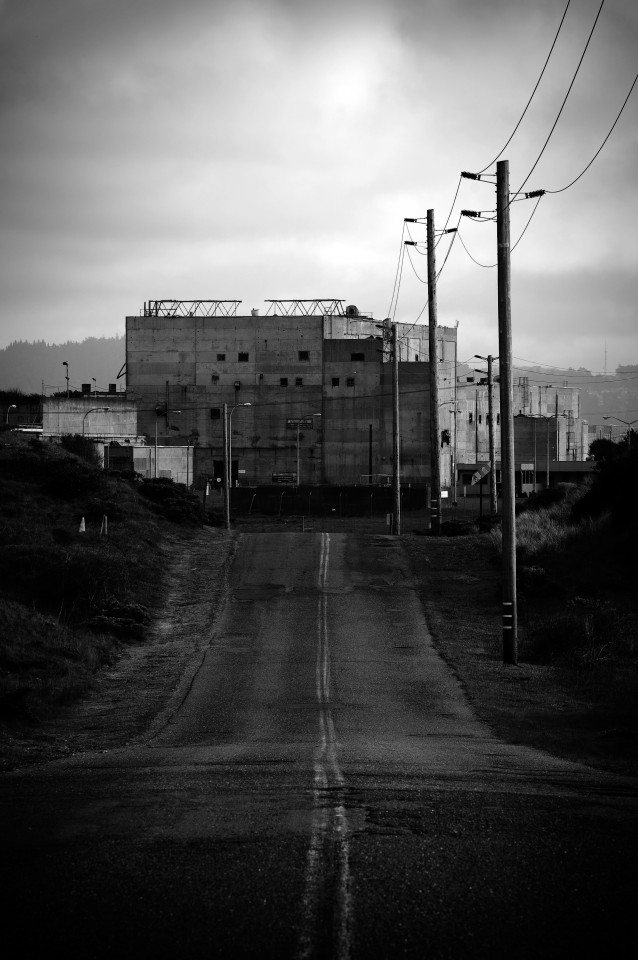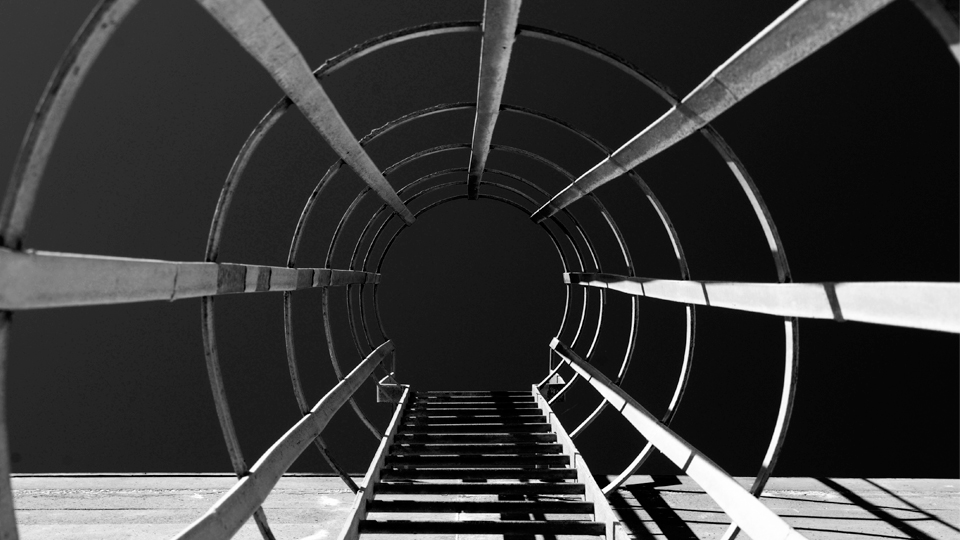
Thirty? Really? 30 questions for every photo? The title of this article might make you think there’s a burdensome checklist that must be accomplished every time you release the camera’s shutter.
There is not.
However, if you want to take your photography to new dimensions, this list of questions—some dealing with the physical act of the photograph and some dealing with the inner thoughts behind the image—might be just what you need to get your head, feet, or camera in the right place, to help make a good photograph great or a great photograph iconic.
1. What is my subject?
There’s a reason you put your camera to your eye or frame up a shot in the LCD. Ask yourself what you are trying to capture. And, as you operate the camera, do not lose focus on that. Sometimes the vantage point through the viewfinder or on the screen can distract or distance you from the subject. If the view distracts you, it will be even more distracting for your audience.
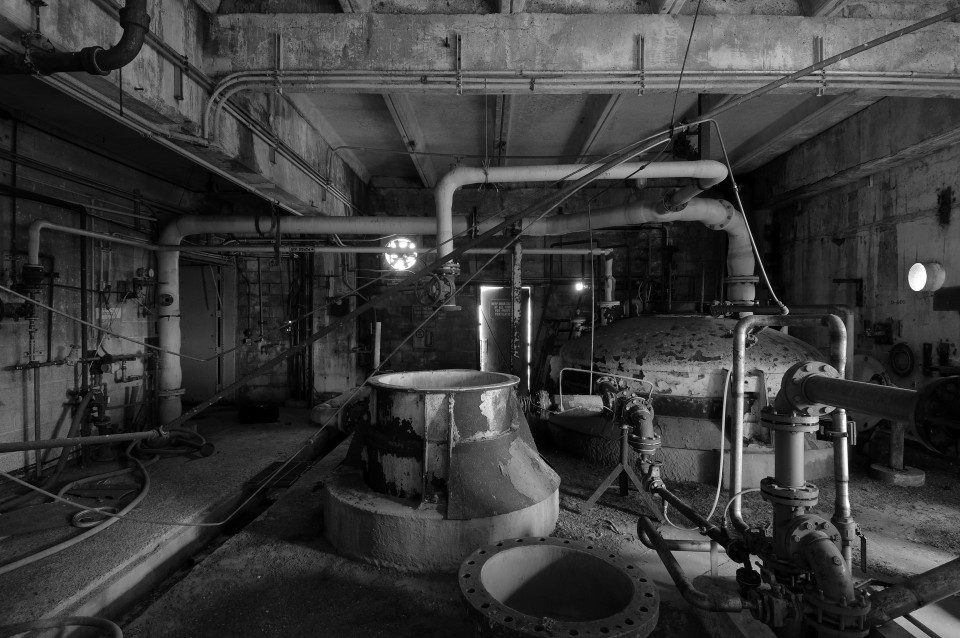
All photographs © Todd Vorenkamp
2. How do I best highlight the subject?
You know what your subject is, but will it be obvious to the viewer? Will it be obvious to you years from now when you look at that photo? There are myriad ways to make your subject stand out: composition, lighting, angles, lines, etc. Start thinking about this and keep reading—some of the upcoming questions will expound on this query.
3. Where is the subject in the frame?
Is the subject directly in the center? Sometimes that works. Divide the frame into thirds vertically and horizontally. Does the composition work better with the subject on one of those lines or at an intersection? How does the picture work if you put the subject in a corner or way off to the side, top, or bottom?
4. Am I close enough to my subject to emphasize it?
Being too far from your subject might mean that it gets lost in the background noise. If you have to explain to the viewer where your subject is in the frame, it means you might not have been close enough to that subject or that you failed to emphasize the subject in some other way. In the words of the legendary photojournalist and Magnum co-founder Robert Capa: “If your pictures aren't good enough, you're not close enough.”
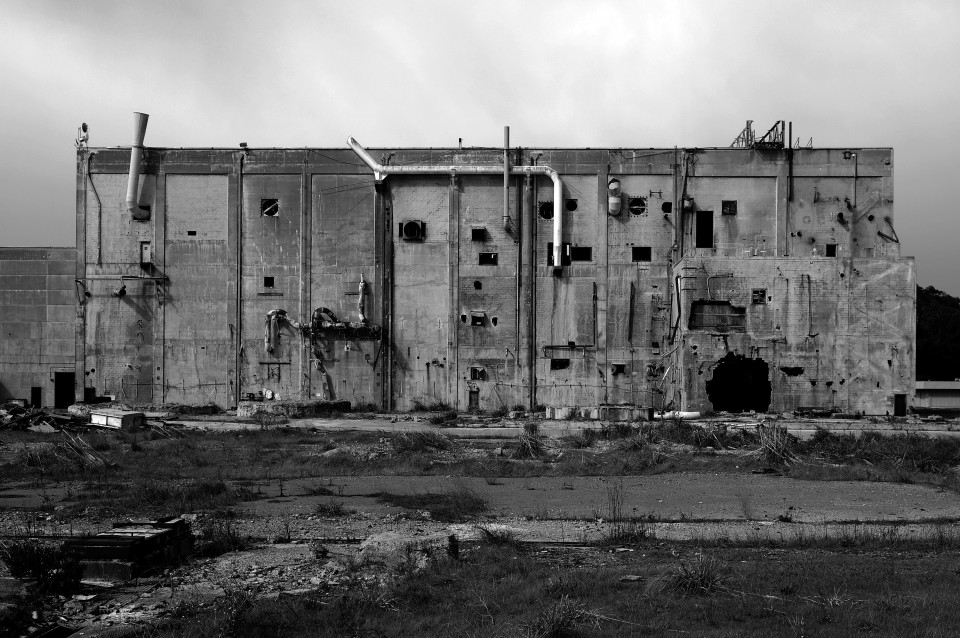
5. Am I far enough from my subject to allow the viewer to have a sense of time and place of the photograph?
Contrary to the last question, the subject can take up so much of the frame that the context and location of the photo is lost. If you are seeking to capture a memento of a shared experience by making a photo of your friend or loved one in front of a famous place or picturesque vista, be sure to include some of that place in the frame. Of course, there are times when you just want the subject to fill the frame.
6. Is there something in front of or behind the subject that distracts me?
Sometimes foreground objects can be a distraction, but it is often something behind your subject—the Martian antennas coming out of the back of your subject’s head are only acceptable if photographing a Martian—that ruins a good photo, creates a good laugh, or both. Try to isolate your subject from the background, repositioning the subject, moving yourself and the camera, or using a shallower depth of field.
7. Is there something else in the frame taking my attention away from the subject?
Shiny things, like that bright yellow Ferrari in the corner or that super-bright neon light in the background, may easily live within the framing of your photograph and draw your attention away from the true subject. If the subject is the brightest and most beautiful thing in the frame, that makes your job easier. If there is competition for your eye as the photographer, there will be a lot of competition for the viewer’s attention, too. If possible, be ready to reposition, zoom, or—borrowing from photography master Henri Cartier Bresson—wait for the “decisive moment” to isolate your subject. Sometimes, in the words of the late architect Ludwig Mies Van de Rohe, “Less is more.”
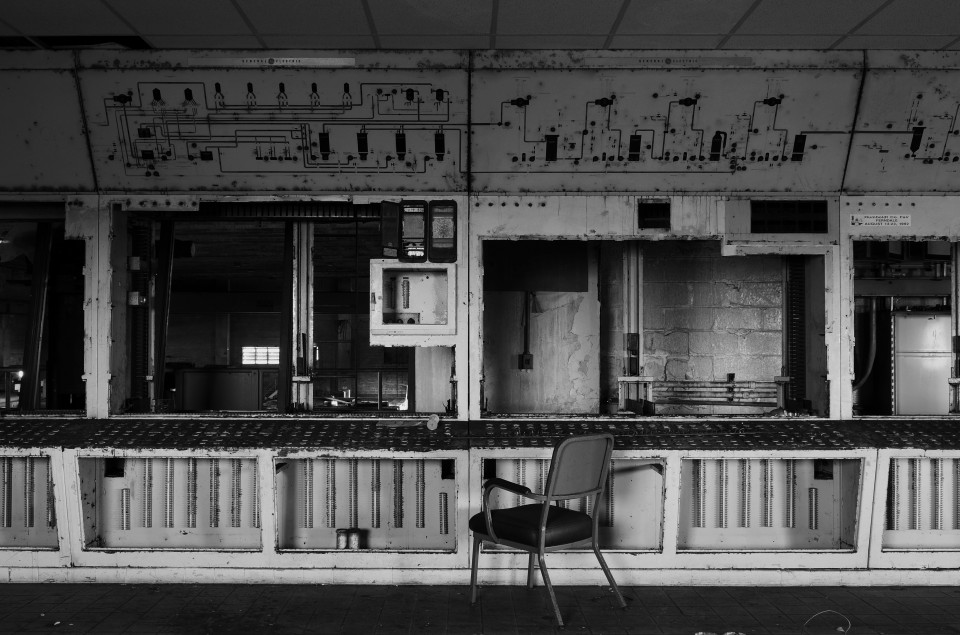
8. Is there something outside of the frame that I could incorporate to enhance the image?
Sometimes it pays to look beyond what you see in the viewfinder, or on the screen. Are there elements just outside your initial composition that would better frame the image or help direct the eye to where you want the viewer’s attention to go? Recompose. Move back. Zoom out.
9. Where is the light coming from?
If you are outside during the day, you are at the mercy of the tilt and rotation of the Earth in relation to the sun. However, the lower the sun is, the more directional the light becomes. Directional light means shadow. Look for light, but also look for shadow. Light can be redirected, reflected, or created. And, sometimes you can reposition yourself in relation to the light to take best advantage of its effects.
10. How does my eye move through the scene?
Initially, the eye might perceive a photograph as a whole, but, after a fraction of a second, its focus narrows to initiate a journey through the image, moving from one part of the frame to others, unless something grabs its attention. Compositionally, sometimes you can make this journey easy for the eye or you can force it into a different pattern. How does your own eye move when looking through the viewfinder? Make that part of your consciousness.
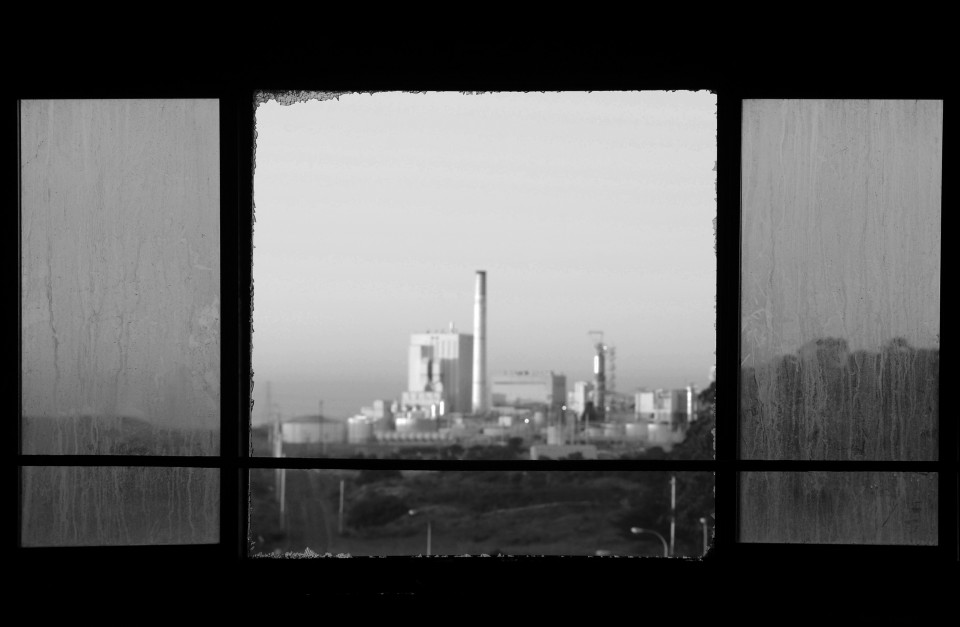
11. Am I standing in the best place to make this photograph?
If you are lucky, the answer is: “Yes.” But don’t always trust that your feet have delivered you to the best point of view. Dramatic changes in perspective may be gained by simply taking a few steps in another direction. Do not be afraid to move, especially if you see something you want to capture, but the composition is not working for you. Also, what does the view behind you look like? Do a 180 and check it out.
12. Should I be standing straight up and shooting this photograph from eye level, or is there a better perspective?
Once you’ve moved a few feet to your left, you might find an even better perspective by kneeling down, standing on a chair, holding the camera above you, or holding it below your waist. A vast majority of images are taken from the eye level. Simply changing your altitude might make your photos different from the rest.
13. Is it the best time of day to make this photograph?
The light is constantly changing as the Earth rotates and artificial lights cycle on and off. What might be an unexciting vista at one moment might have a completely different personality a few hours before sunset, or at night. Distracting shadows may be nearly nonexistent during the sun’s meridian transit. If you have the luxury of time, use it to your advantage to make the photograph better. In the fading light of day, a bit of patience can go a long way to getting a magical shot while others have packed up their gear and departed.
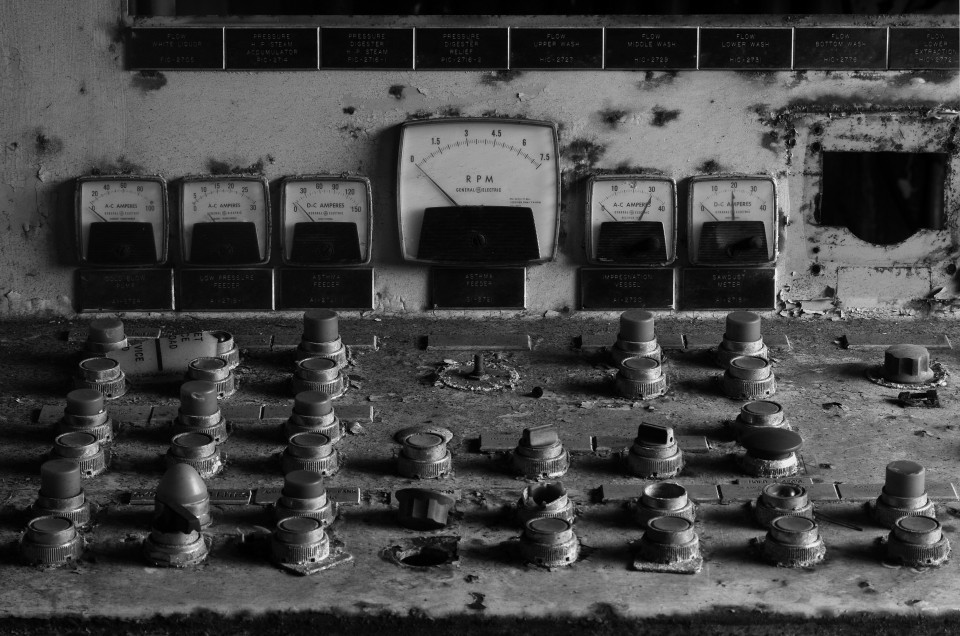
14. Is this the best moment to make this photograph?
Aside from the time of day or night, ask yourself if there is an advantage to delaying your photograph. If subjects are in motion, try to predict their movements in the frame and wait until they get, hopefully, where you want them to go. Is the stoplight about to change colors? Will that car be gone in 30 seconds? Will that pedestrian stop to read the sign in that doorway? Hopefully, the right moment wasn’t 10 seconds before you decided to take the photo. In the age of digital where images are virtually free, it might be safe to take the immediate shot, and then wait to see what develops. Sometimes I find the initial composition is the strongest and nothing further develops. If the first shot worked best, smile and go about your day.
15. Is this the best weather to make this photograph at this particular place?
Again, it is nice to assume the luxury of time. Were you hoping for sun or puffy clouds? Why is it overcast? Take a deep breath, fire off a snapshot, and then check the local weather forecast. In 30 minutes or a few days, it could all change. Depending on your subject matter, you might have all the time in the world to wait for the perfect moment.
16. Are my lines straight or intentionally angled?
The ocean is always level unless you are in a trough looking up at the crest of a wave. But, even then, level is level. Leaning towers in Pisa and exploratory architecture aside, most structures are built straight up and down. Compositionally, you may decide to make the horizon askew. Not a problem as long as you did that with some purpose in mind. A slightly skewed horizon usually highlights inattention to detail rather than creative perspective. No one intentionally tilts his or her horizon by 1 or 2 degrees. If your lines are not straight, it’s best to have a reason for them being skewed.
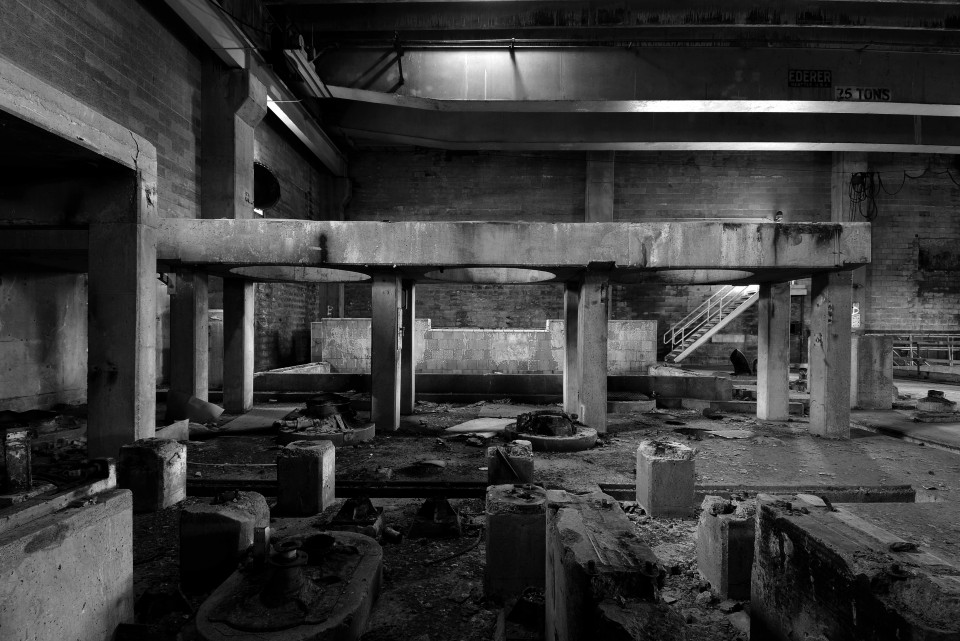
17. Is the camera lens distorting lines or perspective in a way I don’t want them to distort?
Speaking of lines, the lens distorts those straight vertical lines of buildings when it is tilted off of the horizon. This is a rule of physics. Specialized perspective control (PC) lenses may remove this distortion, and this can also be removed digitally. Minus that trickery, be conscious of effects such as keystoning and other geometric distortions. Embrace them, avoid them, or accept them. Sometimes you’ll find that keeping the camera level removes some distortion and provides an acceptable composition. Other times, you’ll have to bite the distortion bullet when the camera is moved off the perpendicular.
18. Are my camera’s settings correct for this image?
You might think that this should have been first or second on the list, but there is no real hierarchy to these questions. These questions are, depending on the photograph, of equal importance. Camera settings can make or break a photo. The good news is that, unlike the trash bag on the sidewalk or that car that you wish hadn’t parked there, camera settings can be firmly under your own control. If the image you seek to capture is a fleeting moment passing before your camera, by all means, take the shot as soon as you can. If you have a moment, however, check and double-check your aperture, shutter speed, ISO, white balance, metering, autofocus mode, shooting mode, and more.
19. Is the camera capable of capturing the dynamic range of the scene?
Digital sensors and film can only see so far into darkness and light. The human eye is much better at this. With experience in photography comes the ability to know the limitations of your camera or film when it comes to capturing the spread of light and darkness across a scene. Some photographers try to defeat this digitally with high dynamic range (HDR) manipulation, and others embrace the limitations. Regardless, before you release the shutter, it is important to sense how that particular scene is going to look to the camera.
20. Should my camera be stabilized?
Not all of us carry tripods in our back pockets, but when light is low or apertures are closed down, adding stability to the camera might help make the photograph sharp by avoiding camera shake. If you need a tripod and you have one, great! If you need a tripod and do not have one, use proper technique, look to see where you can rest the camera, or look for something to lean against in an attempt to steady yourself and your hands.
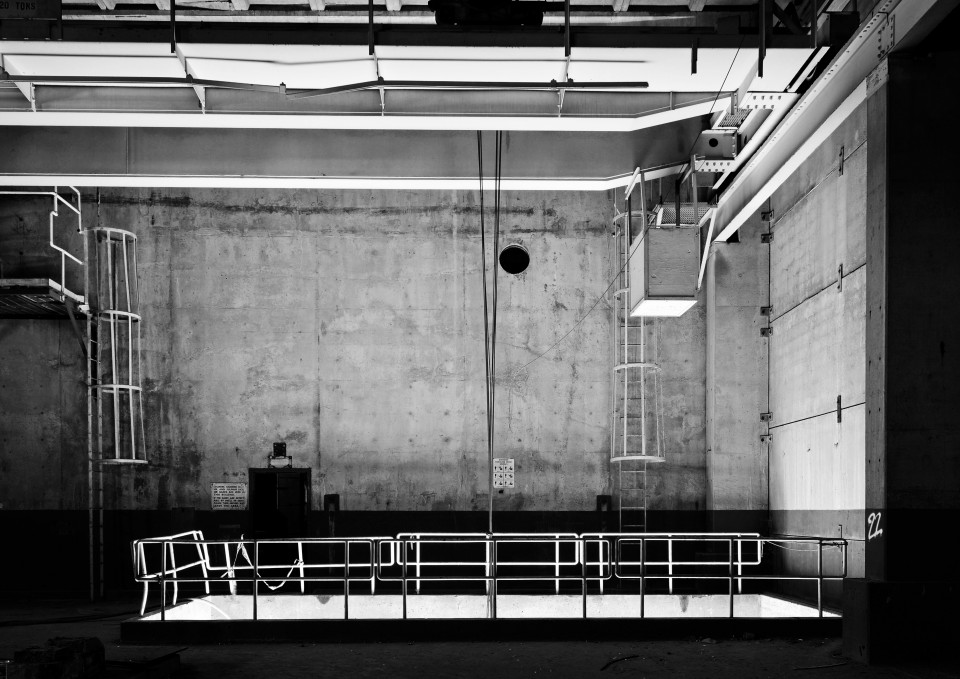
Going Deeper
Now, let’s take this conversation deeper. There are a lot of great photographs out there and a lot of great photographers, but often the most iconic images taken by the greatest photographers transcend the print or the computer screen. The photographs have meaning and provoke an emotional response in the viewer. There will always be a time and place for the snapshot and family portrait, but if you want your photographs to be more profound, you might want to start digging deeper.
1. What is my concept?
In art school, I struggled with “concept.” A lot. Contrary to the views of my art-school professors, I will say that not every image needs a conceptual base holding it up, but having a concept for your image or images will give your photographs deeper meaning to you, and hopefully to your audience, as well. “That is a great photograph. What does it mean?” If you can answer that question you will enter the brave new world of the Artist.
2. What am I trying to say?
Along the lines of concept, if you have a mission for your photographs—a message for the world—ask yourself if the image you are about to capture is truly worth 1,000 words, or does it only kind of express what you are trying to say?
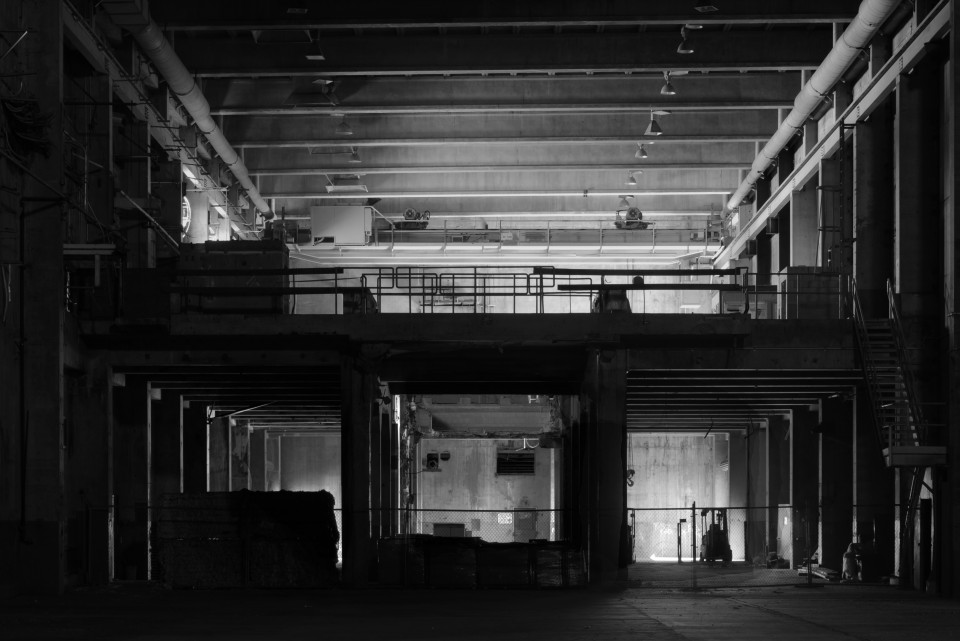
3. If this photograph is part of a series, does it fit with the style and emotion of the rest of the series?
Sometimes a single image cannot tell the story completely. You need multiple photographs, shown together, to make sense of or bring context to the individual images. If you are creating a series of images, always ask yourself if your new image complements the others, takes the series in a new direction, or is a simply a photo you like that is best left out of the group. Some of my favorite photographs are rarely seen because they did not fit into a particular series.
4. Who is the photograph for?
If the photo is only for you, then, by all means, make the photograph you want to enjoy. I tend to think that your photography should be for you, the photographer, and should not cater to what you think an anonymous viewer wants to see. There are surefire ways to get a ton of “likes” on social media with a photograph, but would you rather create a photograph that you love looking at yourself or one that is loved by others? Sometimes this is a tough question to answer. If you are photographing for a client, a particular audience, or the admiration of others, it is important to try to put yourself in his or her shoes when creating the image.
5. If the goal of the image is to make a statement, will this image hit that mark?
It might be easy for you to make an image and say, to yourself, “That says exactly what I want to say.” Then, step back from the image and try to imagine other viewers’ responses. Is the message obvious or is it subtle? If subtle, is it reachable through logical thought processes? A photograph of an apple might mean “World Peace” to you, but for most of us, it is just a photograph of an apple.
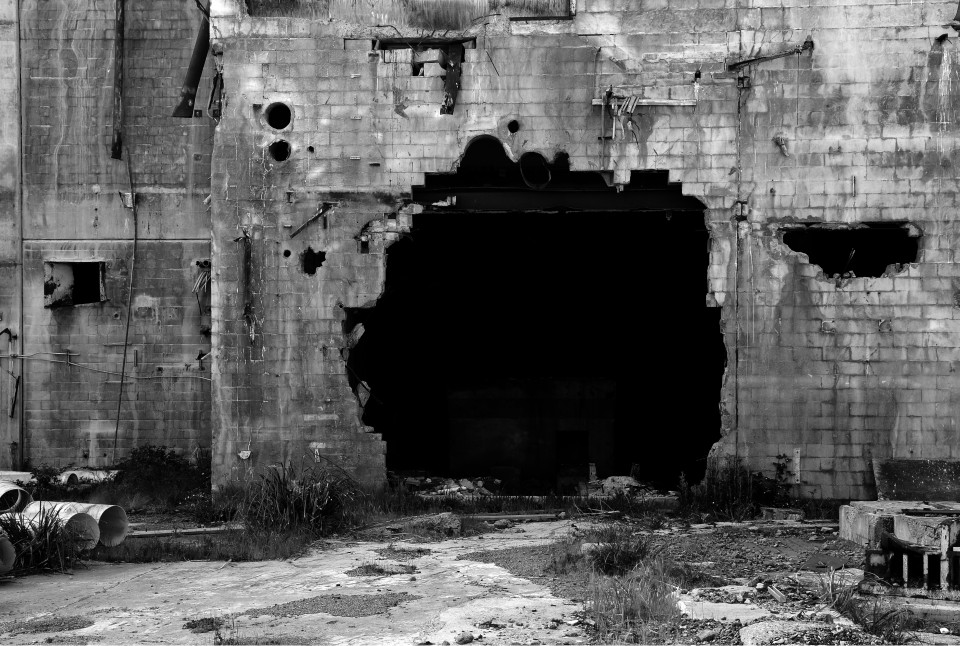
6. Will this image create negativity and criticism or positivity and praise?
I do not know many people who like to upset others intentionally, but there are times when art creates a negative response from the viewer. If that is your goal, then, by all means, pursue it. Are you making an image to bring attention to something negative or are you making an image of something negative for your own perverse pleasure? Are you ready for the possible incoming fire? If you do not intend to upset your audience, be mindful not to do so. There are times when it might be better not to make (or to show) a photograph for just this reason.
7. Will this photograph capture the essential feeling of the moment?
Sometimes it does not work to capture a sad moment on a sunny day or a happy moment in the pouring rain. You don’t always have control over the environment, but sometimes you can tailor your shot to better fit the mood you are trying to convey using color, light, perspective, and composition. If your image or images are telling a story, mood is critical to the overall effectiveness of the story telling, so be conscious of your surroundings and try to make sure they complement, not detract from the mood you are seeking to convey.
8. Has this photograph been taken before?
Portraiture is always unique, but sometimes we photograph places to prove we were there or things we have seen because we liked how they looked to our eyes. There is certainly nothing wrong with that, but if we are reconstructing the work of another artist, are we improving upon it? Are we seeing anything differently than those who came before us? Are we adding to the discussion or subject? Maybe this is the time to push our own creative vision and capture something in a more personalized way. By all means, get the “postcard” shot, but then look harder and capture something uniquely your own.
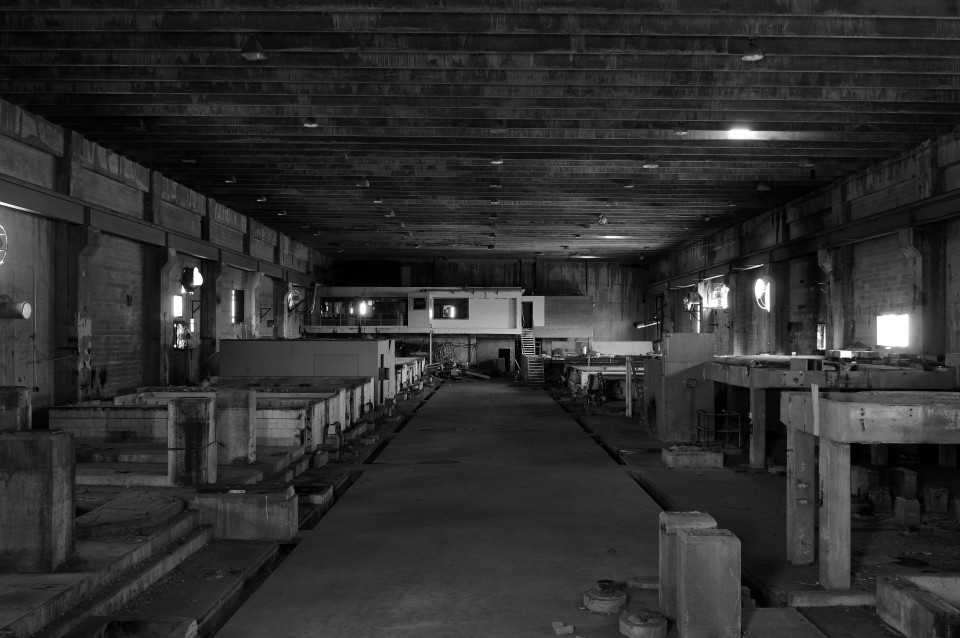
9. Am I forcing the photograph?
Nearly everything can be photographed, but not everything can be photographed well. There are times when you really, really want a photograph of a certain subject, but no matter what you do, where you stand, or how long you wait, it just does not come together. Step back, take a breath, see it with your own eyes, and move along. My guess is that very few “forced” photographs make their way into frames on walls.
10. Would I be better served to simply observe the moment or scene before me and not worry about making a photograph?
This is a tough one as, if you are reading this article, you are likely a photographer. Photographers like to photograph a lot of things, but the camera can, at times, get in the way of experiencing a moment and can prevent you from capturing the memory of the scene. Be aware of the balance between making photos versus simply absorbing the moment—then put the camera away while you exist in the scene, or perhaps, just don’t take the camera out at all.
Missing the Moment?
Obviously, all of these questions can be asked for any given photograph, but not all can be answered. There are situations when time is of the essence. There are millions of scenarios in which neither you, nor the subject, can be moved. The light isn’t always perfect. The moment is sometimes missed. But, guess what? That is all OK. Live to shoot another day and move on, searching for the next great photograph.
The last, and perhaps the most important question to ask yourself is:
Why am I making this photo?
